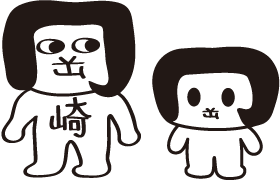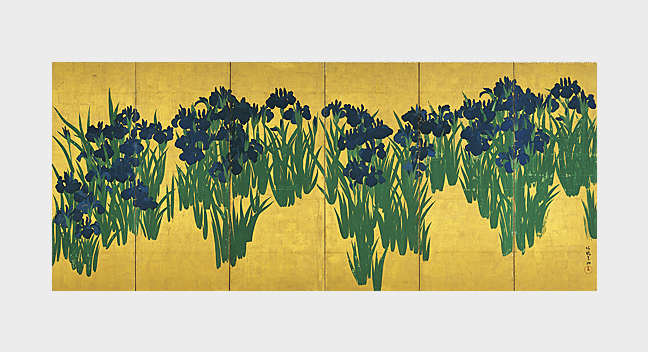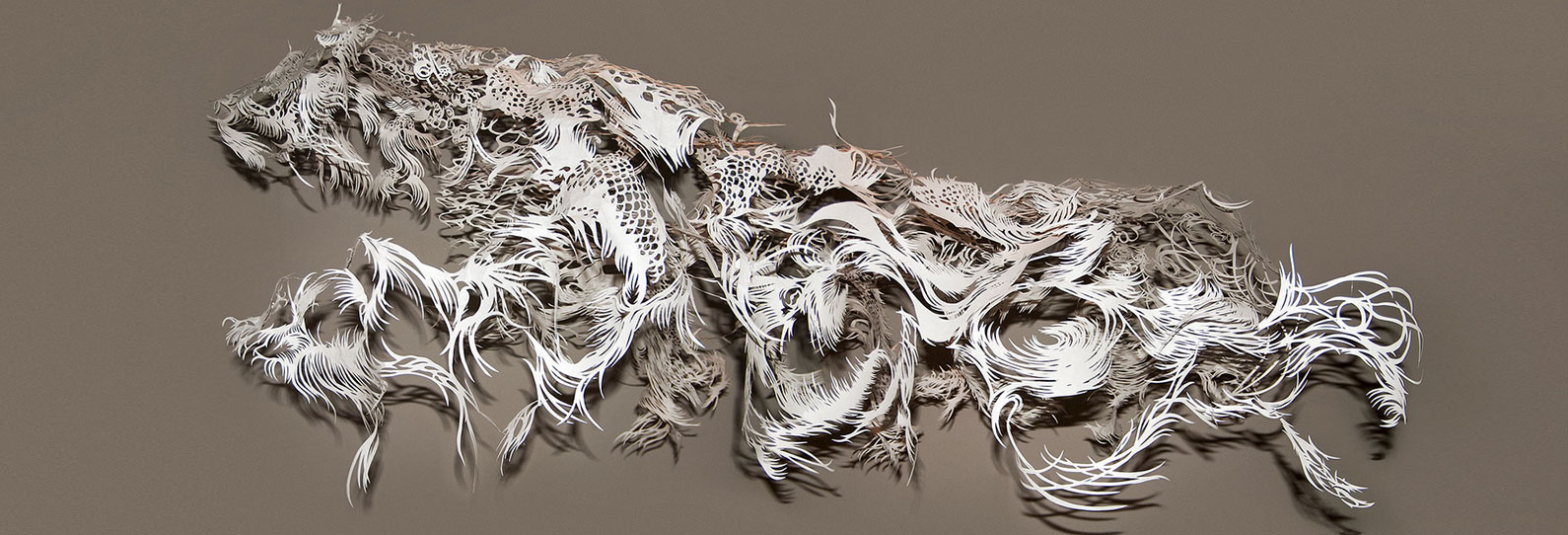Hokusai has become a household name for Japanese art lovers outside of Japan. He was born in 1760 and died in 1849, and it has been said that Hokusai produced 30,000 artworks, changed his name 30 times, and changed residence 93 times during his life time. Besides the well known "Great Waves off Kanagawa", he depicted many other landscapes, everyday life of commoners, ghost tales, and
manga.
The art scene during the Edo period (1603-1868), the time Hokusai lived, was exciting, as the purpose of art making changed: Artists started creating arts for the public and itself, not only for the patrons. Edo period which was under the governance of the Tokugawa Clan was stable. The stability and peace in the society, with no major domestic or civil wars, allowed art and the economy to flourish. Too bad that the Edo period ended with the arrival of Perry's Black ship and that Japan had to change its course.
Photos:
http://ja.wikipedia.org/wiki
More on Hokusai Katsushika:
http://en.wikipedia.org/wiki/Hokusai
http://www.katsushikahokusai.org/
More on Edo period:
http://en.wikipedia.org/wiki/Edo_period






